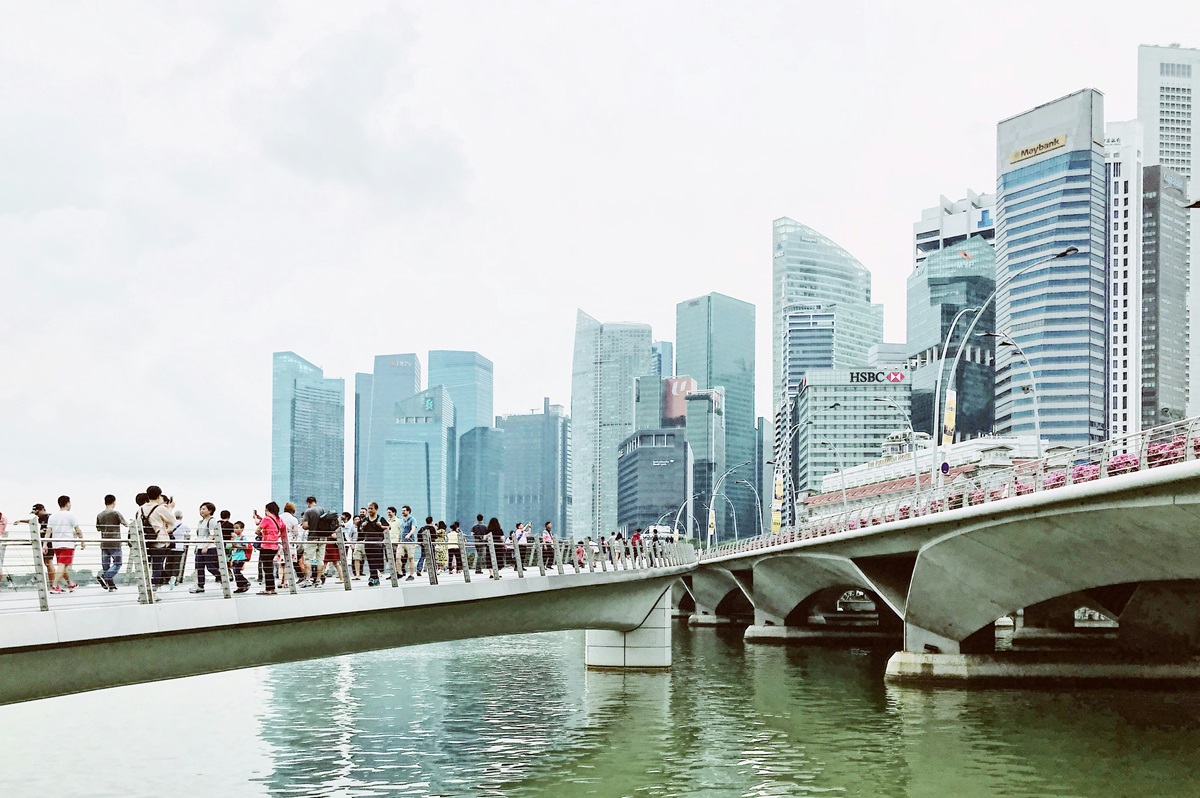Singapore's population tops six million (but no natural increase)
Official data for the first half of 2024 confirm the upward trend, with further strong growth by 2030, fuelled mostly by migrants filling the local labour market, up by 5 per cent over the previous year. This is fuelling a debate in society, and not only over resource and infrastructure planning.
Singapore (AsiaNews) – Singapore’s population has topped six million with projections expecting it to reach almost seven million by 2030, this according to the latest demographic data from the first half of the year released today.
The growth trend goes against what is happening elsewhere in Asia in a country that has a very low fertility rate, dropping for the first time below 1 per cent (0.97 per cent) last year, but one that is open to immigrants to fill the gaps.
For the authorities, this is a spur for a greater effort to manage resources and build infrastructure, but also cause for a public debate among Singaporeans.
Over the recent past, societal cohesion and ethnic pluralism, which are foundational elements in the city-state, have become critical topics for public opinion and political leaders, while the authorities try to contain divisions and their causes. This became evident during Pope Francis’s recent visit to the country.
According to the annual Population in Brief report by the National Population and Talent Division, released by the Prime Minister's Office (PMO), Singapore had a population of 6.04 million as of June 2024, up by 2 per cent over a year.
Some about 1.86 million were non-residents, mostly foreign workers, migrant domestic workers, dependants, and international students, up by 5 per cent.
Population growth and immigration are clearly correlated, with non-residents representing 31.4 per cent of the labour force, especially among less skilled workers.
If a large foreign population (mostly Chinese, Indonesians, Malaysians, Indians) powers the economy, freeing many Singaporean families from childcare and domestic chores, the pressure on resources and land represents one of the biggest headaches for the national and local administrations, especially since Singaporeans seem unable to increase the birthrate despite government incentives.
While Prime Minister Lawrence Wong and his government try to manage the country to ensure prosperity for the future, the projected population of 6.5 to 6.9 million in 2030 has become the subject of concern and debate.
It is no coincidence that the authorities have stressed that the unemployment rate in the workforce remains at 2.8 per cent, while the proportion of foreign workers in the labour force is below that of most of the countries in the OECD, which includes Singapore.
16/03/2015
25/09/2020 16:23







.png)










